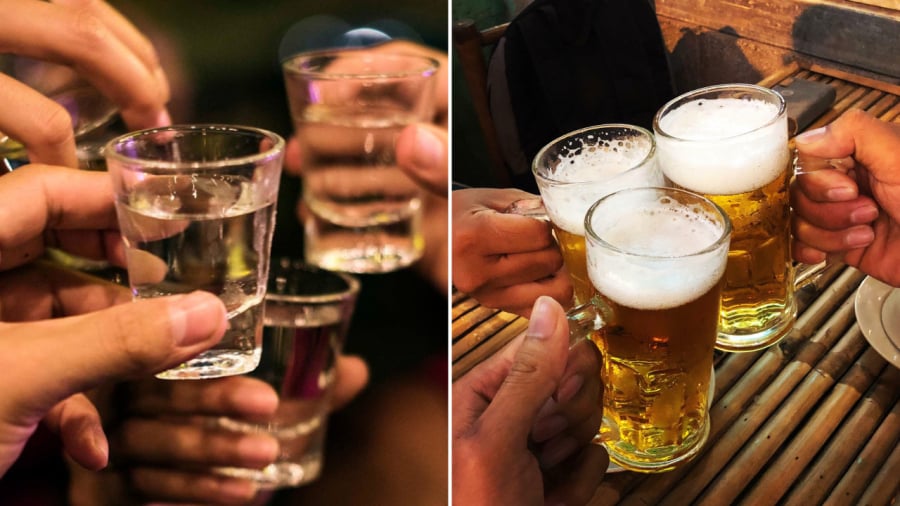Cheers: The Art of Toasting and Its Deep-Rooted History
Alcoholic beverages, such as wine and beer, are common fixtures at meals and parties. With these drinks often comes a unique tradition: the clinking of glasses, or toasting. This custom holds a deeper meaning than many realize.
Historical Legends
In the past, it was not uncommon for drinks to be poisoned. According to legend, to avoid being poisoned, one would clink their full glass strongly against their companion’s glass before drinking. The wine spilling over into the other glass meant that if one drink was poisoned, they both would be.
Another legend suggests that the clinking sound made by the glasses has the power to ward off evil spirits.

Toasting is a ubiquitous practice when drinking alcohol.
Custom and Practice
Today, toasting has become a customary practice when drinking alcohol. Whether it’s a casual get-together or a formal event, people instinctively clink their glasses together before taking a sip. This action has become so ingrained in our culture that many of us have been doing it since we were young, almost like a reflex.
During these moments, well-wishes and words of good fortune are often exchanged, especially at important gatherings.
Fostering a Festive Atmosphere
Parties and celebrations are meant to be lively and joyous affairs. Toasting adds to this atmosphere as people share their thoughts, stories, and wishes. It also serves as an icebreaker, facilitating introductions and conversations.
Toasting is a communal act that requires the participation of multiple people. Beyond creating a festive mood, it fosters a sense of community and encourages engagement in group activities. Many also enjoy capturing the moment of clinking glasses in photographs.
Stimulating the Senses
Drinking alcohol engages four of our senses: sight, taste, smell, and touch. The act of clinking glasses adds a fifth sense, hearing, creating a multisensory experience that enhances the enjoyment of the beverage.


































